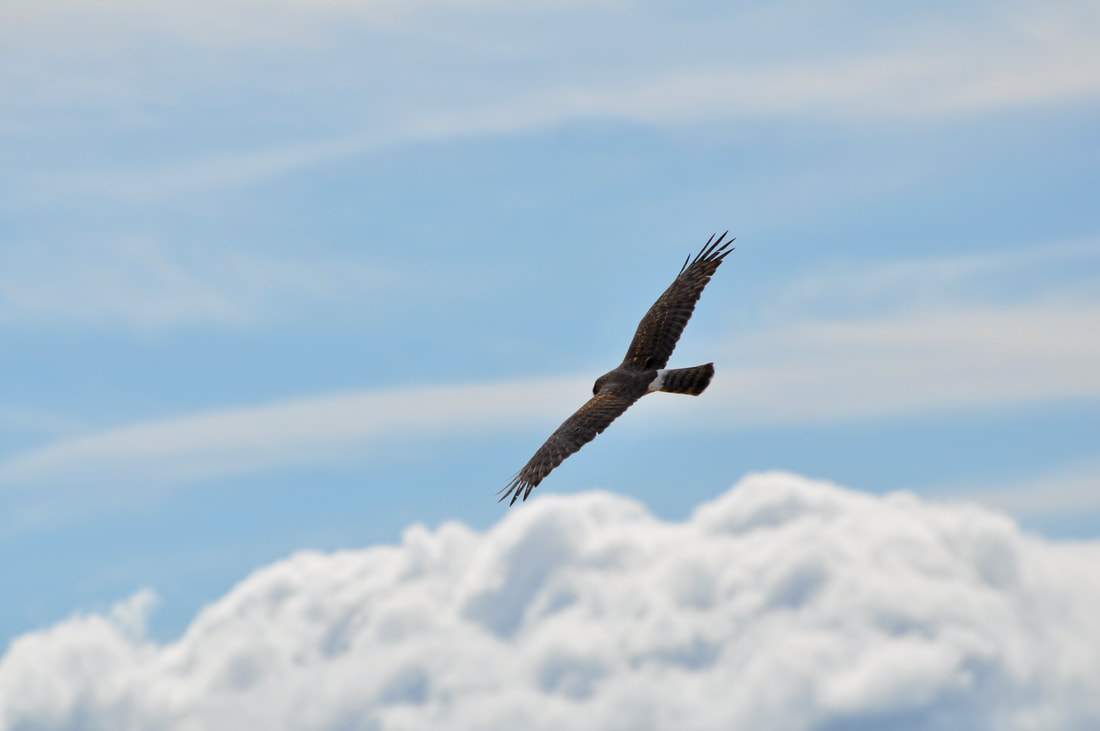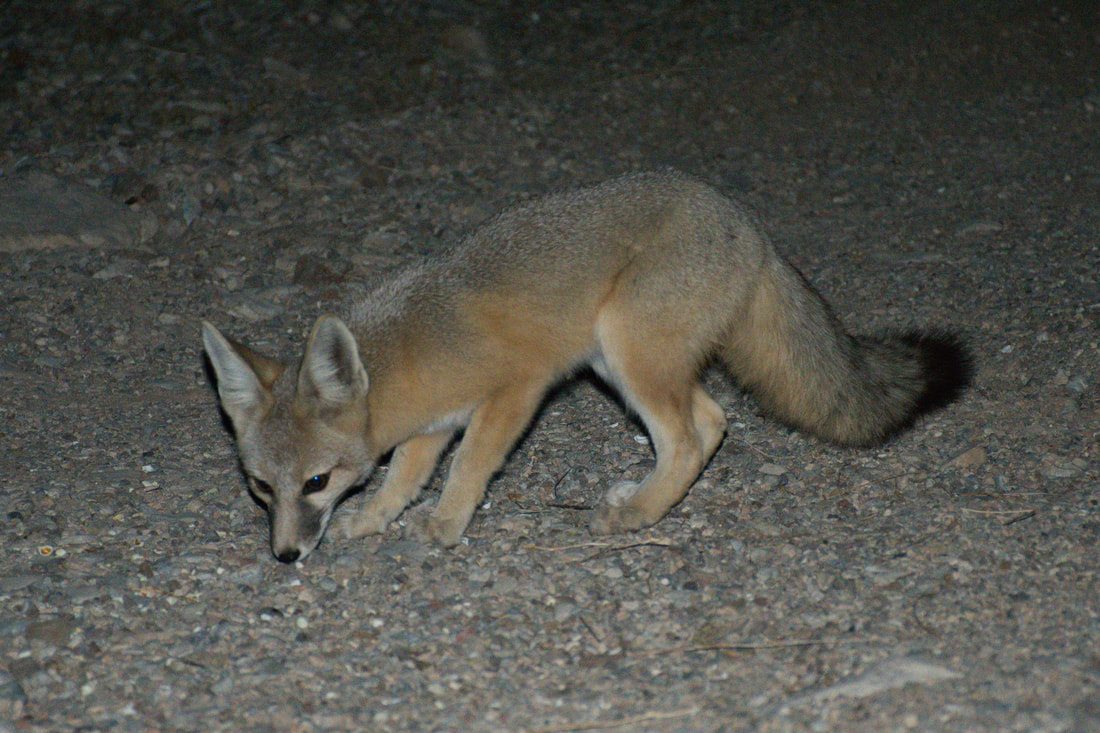|
The Lake Mead National Recreation Area covers both the Colorado River and Virgin River basins, which is a very large tract of land for nature viewing. Both Lake Mojave and Lake Mead are within the boundaries of this park, while several mountain ranges surround these bodies of water. There are countless mountain dry washes, canyons and bluffs along the shoreline too. With an environmental venue like this, it is easy to see that this recreation area offers some of the best desert wildlife viewing opportunities in the west! The key factor to remember in this low desert expanse is where there is water, there will be wildlife to view. With a shoreline as long as Lake Mead, there is plenty of room to find a good spot to view wildlife. The grassy dry washes are premium choices for viewing coyotes and kit foxes, because they hunt for mourning doves, ground squirrels and mice in these areas. Bighorn Sheep also feed along the dry wash ridges if the human presence is minimal. In fact, the bighorn tend to follow the same old paths back and forth to the water, so it is possible to spot them on a regular basis. Overall, the most common wild animals encountered in the Lake Mead Recreation Area are the coyotes and birds. On any given day the coyotes can be seen hunting, scavenging or just plain old playing around. There are a lot of coyotes in this park and confirmation of the high numbers will occur around sunset when dozens can be heard yipping and howling, just like a musical concert. The coyotes are familiar with the human presence and they will stroll through campsites looking for easy food to steal. The coyotes are not aggressive or dangerous, however they will prey on small pets, which is good for dog owners to keep in mind. The local kit foxes behave just like the coyotes, but these little canines are rarely seen before sundown. The long bushy tail kit foxes are numerous in this recreation area, but few people know they are around because they are so difficult to see. The grayish brown fur blends in with the landscape after dark, which makes them rather stealthy from the start. Kit Foxes also have a habit of constantly moving around, so to the naked eyes these animals will look like a gray shadow in the dark, even on a bright moonlit night. In fact, if they sense food, they will do small jumps back and forth, which makes them difficult to distinguish from the dried up sagebrush in dim light. I noticed this kit fox behavior occurring one evening when eating popcorn while doing night landscape photography. I saw a gray blur moving around at my feet and when I turned the flashlight on it turned out to be a kit fox seeking popcorn crumbs that were spilled on the ground. I ended up shifting the camera into flash mode and snapped a few shots with the camera. To my surprise, the camera flash did not scare the kit fox and it actually laid down and stretched out at my feet, just like a pet dog begging for food. The second night, I was eating popcorn while setting up the camera tripod for another night landscape shot and the kit fox came back with a friend. Now there were two bizarre kit foxes jumping around. Even stranger, on the third night I just sat in the Jeep after sunset and kept an eye out for the kit foxes. One actually sat outside the driver side door and started barking for me to come outside! This kind of behavior is kind of weird as far as kit foxes are concerned, but there is a reason why. There was a very lengthy severe drought in this region at that time and food for the wild animals was scarce. When hungry, carnivores actually become friendly with competing species and hunt together in order to mutually survive. The lack of fear draws them to whatever animal has food, even if it is a human. In the following weeks I saw the kit foxes hunting in tandem with two coyotes during daylight hours, which confirms this notion. Bird behavior around Lake Mead is just as interesting as watching the canine predators. Basically, the raptors heavily regulate what all other birds do in this park, especially during times of severe drought when food is scarce. Quail, partridge and mourning doves are common in the grassy areas, but you will not see them if a raptor is around. The same can be said for the local songbirds, which never fly too high off the ground or spend too much time in the air. All these birds are prime targets for the peregrine falcons and red tail hawks, which are numerous in this region. I once viewed a dove that panicked and took flight as a falcon passed by and the dove was quickly snatched in midair. Unfortunately the camera was not ready, but these one of a kind nature viewing opportunities do happen on a daily basis at Lake Mead. Migratory waterfowl can be seen in coves during the winter months and there are remote areas where white pelicans gather in numbers. Watching a flock of pelicans gradually gain altitude by riding desert updrafts in tight formation truly is a sight to see and a long lens or binoculars will make the experience even better. A powerful lens is best for birding at Lake Mead, simply because the birds can see you coming from a mile away in this desolate environment. The best strategy that I found is to just set up a viewing spot and let the birds come to you. Most often, the first to arrive will be a squawking raven on a food scavenging mission and the vultures will not be far behind. Lake Mead definitely is a great nature viewing destination, but a visitor must have patience because the desolate desert environment has a way of limiting encounters. Everything from macro bug photography to capturing premium raptor hunting images can be achieved in this National Recreation Area. The harmless coyotes are always on a mission and they also present great photo opportunities. The kit foxes are just too weird to be believed, so be sure to keep the eyes peeled just after dark!
0 Comments
Your comment will be posted after it is approved.
Leave a Reply. |
Leave no trace!
New!
Destination West YouTube channel! https://www.youtube.com/@DestinationWestOrg *The Destination West website upgrading project is well underway. Unique YouTube slideshows are replacing the outdated Flickr photo galleries. The new videos feature modern graphics and alternative music instrumentals that enhance the viewing experience. Some articles are being condensed, while others are getting much needed edits. As everybody knows, the bulk of the original articles and photos were published on the fly during the Covid camping venture and there were limitations. Upgrading is the way to go and more articles will receive a makeover each week until this project is completed. After that, I will be able to gather new material. There is light at the end of the tunnel!
JD Lane Archives
July 2024
Donations help the Destinaton West project continue into the future!
Go Fund Me! This website uses marketing and tracking technologies. Opting out of this will opt you out of all cookies, except for those needed to run the website. Note that some products may not work as well without tracking cookies. Opt Out of Cookies |























